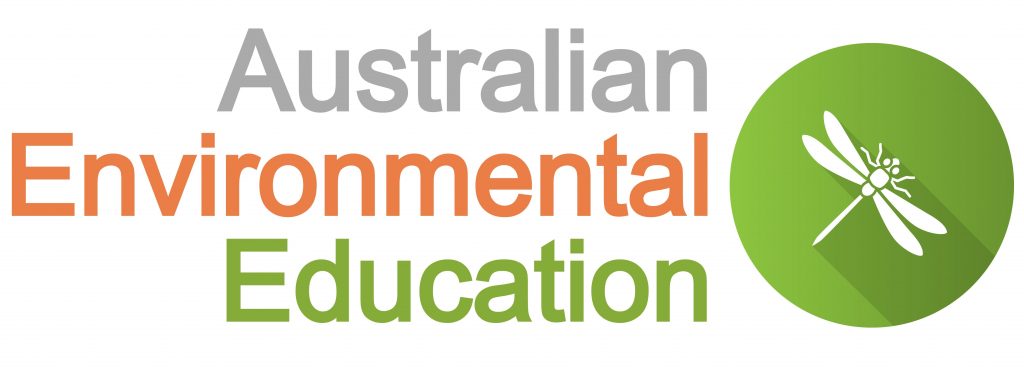Did you know there’s a hidden continent beneath the South Pacific? Zealandia, the eighth continent, spans 5 million square kilometres, about two-thirds the size of Australia. Only New Zealand, New Caledonia, and a few islands hint at its existence , and the remaining 94% submerged underwater.

I wanted to find out more about this submerged landmass after a recent trip to New Zealand. I was facinated by the dynamic geological history and was interested in the connection to Zealandia to understanding more about plate tectonics in the region.
Zealandia is not just a geological marvel; it is also a biodiversity treasure trove. New Zealand and the surrounding islands are home to unique species like the kiwi, tuatara, and wētā, many of which are found nowhere else on Earth. These species evolved in isolation, making Zealandia a living laboratory for studying evolution and biogeography.
Beneath the waves, the submerged parts of Zealandia harbor rich marine ecosystems. Coral reefs, hydrothermal vents, and underwater mountains support diverse marine life, including species that remain undiscovered.
A Geological Story
Zealandia is made of continental crust, distinguishing it from the oceanic crust that forms the majority of Earth’s sea floors.

The idea of Zealandia isn’t new. Scientists first proposed its existence in 1995 and in 2017 that a group of geologists officially classified it as Earth’s eighth continent based on criteria like elevation, geology, crust thickness and area.
© GNS Science
Zealandia broke away from the supercontinent Gondwana around 85 million years ago. This dramatic event set Zealandia adrift, separating it from Australia and Antarctica. Over time, tectonic forces stretched and thinned its crust, causing most of it to sink beneath the ocean. Despite being mostly underwater, Zealandia retains the hallmarks of a continent, from it’s ancient granite rocks to sedimentary formations.
Modern technologies like satellite mapping, deep-sea drilling, and underwater exploration have unlocked the secrets of Zealandia. For instance, sediment cores taken from the seabed reveal clues about ancient climates and the movement of tectonic plates. Such discoveries not only enrich our understanding of Zealandia but also contribute to global efforts to understand Earth’s climate and geological past.

